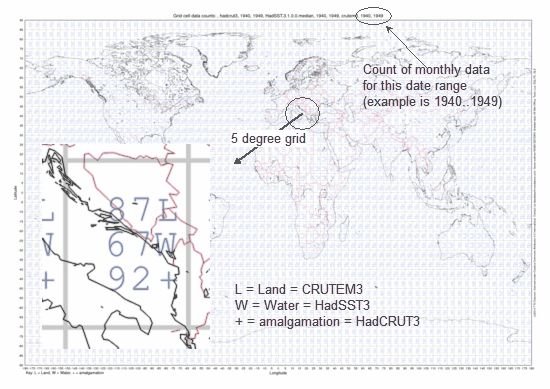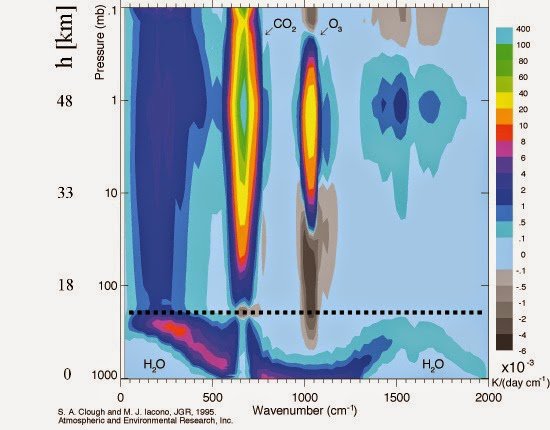.
.
First Doug Carswell and now Mark Reckless have left the Conservative party to join UKIP. Is the message getting through yet Mr Cameron?
Today, I am leaving the Conservative Party and joining UKIP.
These decisions are never easy. Mine certainly hasn’t been. Many have been the sleepless nights when I have talked it over with my wife and thought about the future of our children.
But my decision is born of optimism, conviction Britain can be better, knowledge of how the Westminster parties hold us back, and belief in the fresh start UKIP offers.
We all know the problem with British politics. People feel disconnected from Westminster.
In fact, “disconnected” is too mild a word. People feel ignored, taken-for-granted, over-taxed, over-regulated, ripped off and lied-to.
And they have reason to.
MPs, with some honourable exceptions act, not as local representatives, but as agents of the political class. Too many focus, not on championing their constituents’ interests at Westminster, but on championing their parties’ interests in their constituencies.
We’ve even evolved a special vocabulary…
View original post 1,595 more words







![Georgia Institute of Technology professor Judith Curry [image credit: Wikipedia]](https://tallbloke.files.wordpress.com/2014/09/j_curry.jpg?w=614)




![[image credit: Wikipedia]](https://tallbloke.files.wordpress.com/2014/09/elec_ger.jpg?w=300&h=227)
![German voters back AfD [image credit: BBC]](https://tallbloke.files.wordpress.com/2014/09/afd_vote.jpg?w=300&h=168)
![Solar timeline [image credit: Wikipedia]](https://tallbloke.files.wordpress.com/2014/09/minimum.jpg?w=614&h=222)





 Four months ago I joined the Yes camp out of a desire to take part in the great debate that the Yes camp told me was taking place within their ranks. Being a doubter I thought maybe I’d failed to find this debate and that it was exclusive to the membership of the Yes camp, so I joined hoping I could locate it and take part. But even as I was accepted into the ranks – after my ‘Morrison votes Yes’ article in Bella Caledonia, I noted that 5 out of the meagre 20 comments I received berated me for either not having decided sooner or for having questioned Yes at all. Another said, and I paraphrase: ‘Well if he’s had to mull it over he could easily switch to the other side.’ That comment in Bella Caledonia worked away…
Four months ago I joined the Yes camp out of a desire to take part in the great debate that the Yes camp told me was taking place within their ranks. Being a doubter I thought maybe I’d failed to find this debate and that it was exclusive to the membership of the Yes camp, so I joined hoping I could locate it and take part. But even as I was accepted into the ranks – after my ‘Morrison votes Yes’ article in Bella Caledonia, I noted that 5 out of the meagre 20 comments I received berated me for either not having decided sooner or for having questioned Yes at all. Another said, and I paraphrase: ‘Well if he’s had to mull it over he could easily switch to the other side.’ That comment in Bella Caledonia worked away…



